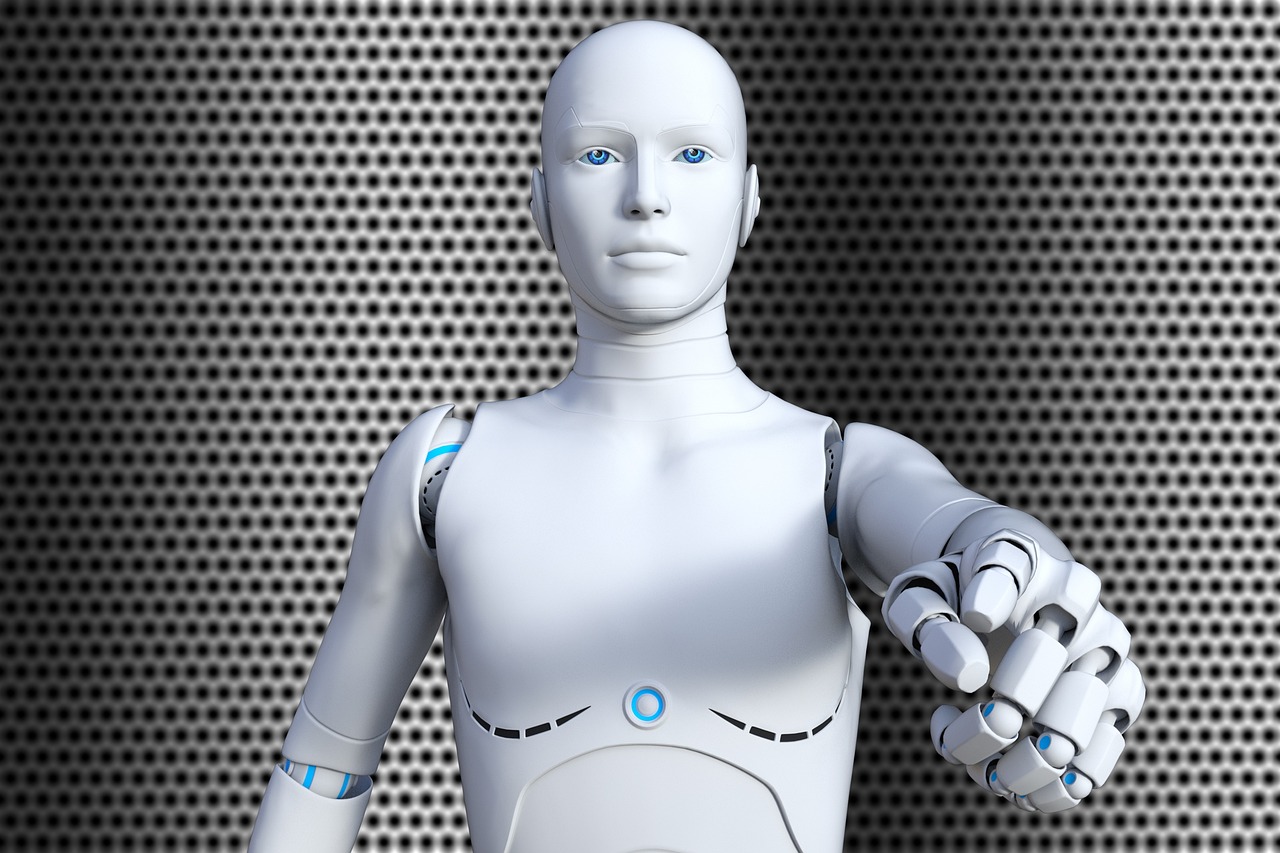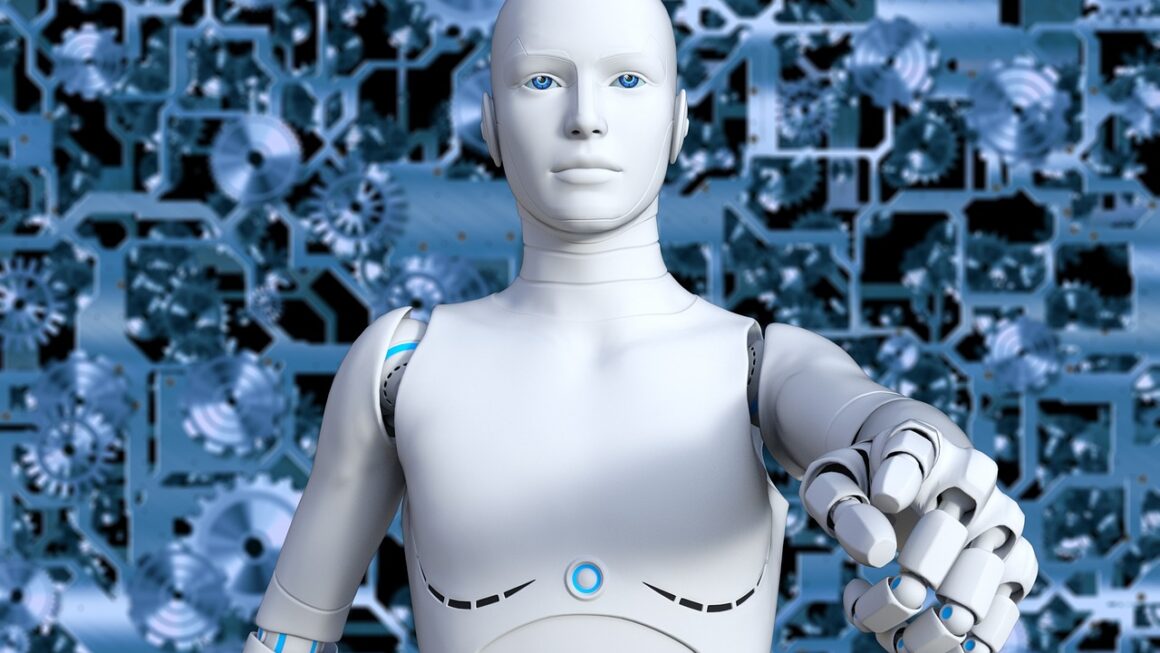The relentless pace of technological advancement has ushered in an era defined by Artificial Intelligence (AI). Far from being a futuristic fantasy, AI is now deeply interwoven into the fabric of our daily lives, transforming industries and reshaping how we interact with the world. From personalized recommendations to self-driving cars, AI innovation continues to push boundaries and unlock unprecedented possibilities. This article explores the multifaceted landscape of AI innovation, delving into key areas of development, practical applications, and the transformative impact it’s having across various sectors.
Understanding the Current State of AI Innovation
Key Areas of AI Research and Development
AI innovation is a broad field encompassing several core areas, each contributing to the overall advancement of intelligent systems. Understanding these key areas is crucial to grasping the breadth and potential of AI.
- Machine Learning (ML): The foundation of much of today’s AI, ML focuses on enabling systems to learn from data without explicit programming. Algorithms are trained on vast datasets to identify patterns and make predictions.
Example: Netflix uses ML algorithms to analyze viewing habits and provide personalized recommendations, increasing user engagement and retention.
- Natural Language Processing (NLP): This area focuses on enabling computers to understand, interpret, and generate human language. NLP powers applications like chatbots, language translation, and sentiment analysis.
Example: Google Translate uses NLP to translate text between hundreds of languages in real-time, facilitating cross-cultural communication.
- Computer Vision: Enabling machines to “see” and interpret images and videos, computer vision is used in applications like facial recognition, object detection, and autonomous navigation.
Example: Tesla’s Autopilot system utilizes computer vision to identify lanes, traffic signals, and other vehicles on the road, enabling self-driving capabilities.
- Robotics: This field combines AI with engineering to create intelligent robots that can perform physical tasks. Robotics is transforming industries like manufacturing, healthcare, and logistics.
Example: Amazon uses robots in its warehouses to automate order fulfillment, significantly increasing efficiency and reducing labor costs.
The Role of Big Data in AI Advancement
AI algorithms thrive on data. The availability of massive datasets, often referred to as “Big Data,” has been a key driver of AI innovation. These datasets provide the fuel necessary to train complex models and improve their accuracy and performance.
- Benefits of Big Data for AI:
Improved Accuracy: Larger datasets lead to more accurate AI models.
Enhanced Pattern Recognition: AI can identify subtle patterns that might be missed with smaller datasets.
Personalized Experiences: Data allows for the creation of customized experiences tailored to individual preferences.
- Challenges of Big Data for AI:
Data Privacy: Protecting sensitive data is a critical concern.
Data Bias: Biased data can lead to biased AI models.
Data Management: Managing and processing vast datasets requires significant resources.
AI in Business: Transforming Industries
AI-Powered Automation and Efficiency
AI is revolutionizing business operations by automating tasks, improving efficiency, and reducing costs. From customer service to supply chain management, AI is enabling businesses to operate more effectively.
- Examples of AI in Business:
Chatbots: Automated customer service chatbots provide instant support and answer frequently asked questions, freeing up human agents to handle more complex issues.
Predictive Maintenance: AI algorithms analyze sensor data from equipment to predict when maintenance is needed, preventing costly downtime.
Fraud Detection: AI algorithms identify fraudulent transactions in real-time, protecting businesses and customers from financial losses.
- Actionable Takeaway: Identify areas within your business where repetitive tasks can be automated with AI, such as data entry, customer service inquiries, or report generation.
AI-Driven Decision Making and Insights
AI is not just about automation; it’s also about providing businesses with valuable insights to make better decisions. By analyzing vast datasets, AI can identify trends, patterns, and opportunities that might otherwise be missed.
- Examples of AI for Decision Making:
Market Analysis: AI algorithms analyze market data to identify emerging trends and predict consumer behavior.
Risk Management: AI models assess risks and identify potential threats, helping businesses make informed decisions.
Personalized Marketing: AI algorithms analyze customer data to create targeted marketing campaigns that resonate with individual customers.
- Actionable Takeaway: Explore how AI can be used to analyze your business data and uncover hidden insights that can inform strategic decisions.
AI in Healthcare: Advancing Patient Care
AI in Diagnostics and Treatment
AI is transforming healthcare by improving the accuracy and speed of diagnoses, personalizing treatment plans, and developing new therapies.
- Examples of AI in Diagnostics:
Medical Imaging Analysis: AI algorithms analyze medical images (e.g., X-rays, MRIs) to detect diseases like cancer with greater accuracy and speed.
Drug Discovery: AI accelerates the drug discovery process by identifying promising drug candidates and predicting their effectiveness.
- Examples of AI in Treatment:
Personalized Medicine: AI analyzes patient data to create personalized treatment plans that are tailored to their individual needs.
Robotic Surgery: Robots perform minimally invasive surgeries with greater precision and control, reducing recovery times and improving outcomes.
- Data-Driven Benefits: According to a study by the Radiological Society of North America, AI-assisted diagnosis improved radiologists’ accuracy in detecting lung nodules by 5%.
Improving Patient Outcomes with AI
AI is not only improving the quality of care but also helping to improve patient outcomes. By enabling early detection, personalized treatment, and remote monitoring, AI is empowering patients to take control of their health.
- Examples of AI for Patient Outcomes:
Remote Patient Monitoring: AI algorithms analyze data from wearable sensors to monitor patients’ health remotely and detect potential problems early on.
Predictive Analytics: AI predicts which patients are at risk of developing certain conditions, allowing for proactive interventions.
Mental Health Support: AI-powered chatbots provide mental health support and guidance to patients in need.
Ethical Considerations in AI Innovation
Addressing Bias and Fairness in AI
As AI becomes more prevalent, it’s crucial to address the ethical implications of its use. One of the most pressing concerns is the potential for bias in AI algorithms.
- Sources of Bias:
Data Bias: AI models trained on biased data can perpetuate and amplify existing inequalities.
Algorithmic Bias: The design of AI algorithms can inadvertently introduce bias.
Human Bias: Human biases can influence the development and deployment of AI systems.
- Mitigation Strategies:
Data Audits: Regularly audit data for bias and ensure that datasets are representative.
Algorithmic Transparency: Promote transparency in AI algorithms to identify and address potential biases.
Fairness Metrics: Use fairness metrics to evaluate the fairness of AI models and ensure that they do not discriminate against certain groups.
Ensuring Transparency and Accountability
Transparency and accountability are essential for building trust in AI systems. It’s important to understand how AI algorithms make decisions and to hold those responsible for their development and deployment accountable for their actions.
- Best Practices for Transparency and Accountability:
Explainable AI (XAI): Develop AI models that can explain their decisions in a clear and understandable way.
Auditable AI Systems: Ensure that AI systems can be audited to verify their fairness and accuracy.
Ethical Guidelines: Develop and adhere to ethical guidelines for the development and deployment of AI.
Conclusion
AI innovation is rapidly transforming the world around us, creating unprecedented opportunities for businesses, healthcare providers, and individuals alike. While the potential benefits of AI are immense, it’s crucial to address the ethical considerations and ensure that AI is developed and used responsibly. By focusing on fairness, transparency, and accountability, we can harness the power of AI to create a better future for all. As AI continues to evolve, staying informed about the latest advancements and embracing a proactive approach to ethical considerations will be essential for navigating this transformative era.




